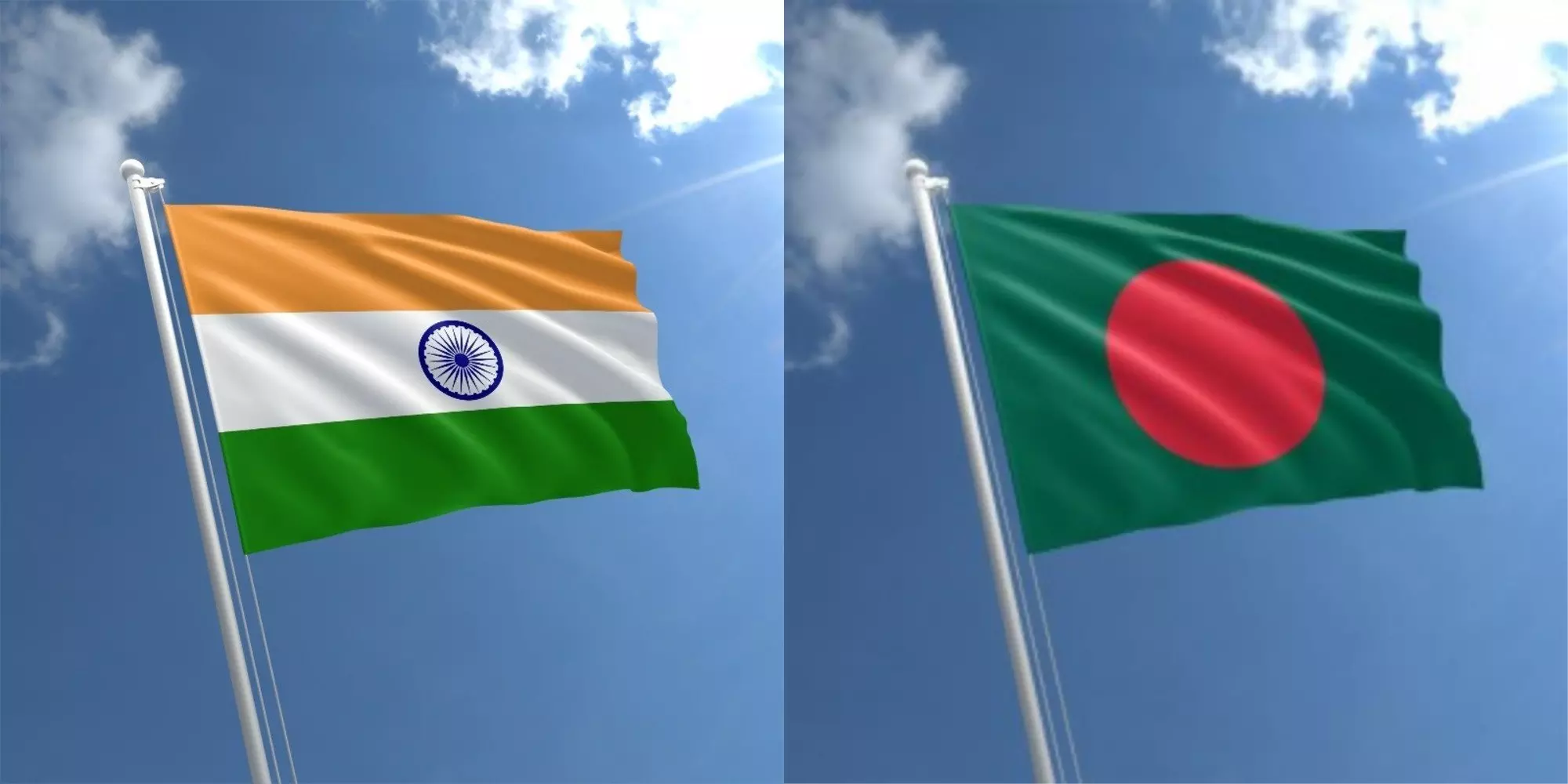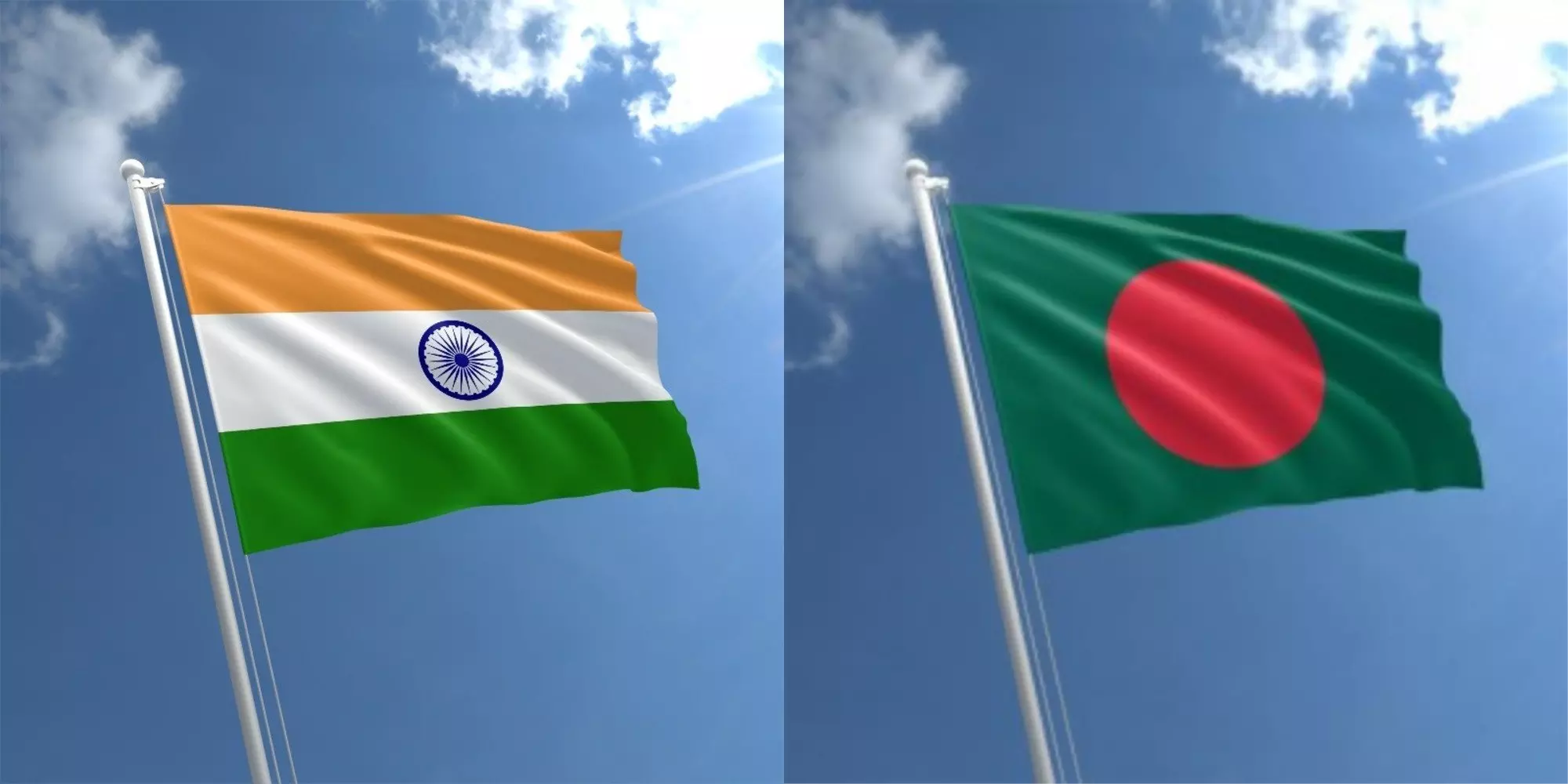
Bangladesh was created behind my back. Since I was a reporter with the Statesman, I was surprised I was being kept away from the Bangladesh war where friend Raghu Rai was producing brilliant photographs and Peter Hazelhurst of London’s Times was on his way to winning the Reporter of the Year award in the UK. Why was I being held back?
Light dawned with a call from Rammohan Rao, defence ministry spokesman (he retired as principal information officer), who was in touch with editors about war coverage. He had spoken to my editor and requested me to be at the defence ministry within hours. An Army vehicle would drive selected foreign correspondents and a handful of us to the western theatre where a fierce battle was developing in Chhamb.
This consolation assignment came my way because after deep deliberation, the editor and the MoD came to the conclusion it would be dangerous to send me to Bangladesh: I might be mistaken for a Punjabi/Pakistani Muslim and killed.
It look the establishment a while to realise the emergence of Bangladesh had radically altered the subcontinent’s geography.
The 1947 Partition had created two nations, India and Pakistan, in hostile competition with each other. The two drew global attention on subcontinental issues, like Kashmir, from their respective perspectives.
Bangladesh in 1971 dramatically altered this geography. India became a large country surrounded by small ones.
To manage India’s heft, leaders like Bangladesh’s Zia-ur Rahman thought of Saarc. How would this size be managed? The countries encircling India then flourished the China card.
Saarc was launched in 1980, a year after China embarked on the “Four Modernisations” under Deng Xiaoping’s guidance. In other words, from the very beginning of its “rise”, China was in Saarc’s ken. Still basking in the Moscow-Beijing-Washington strategic balance he had single-handedly put in place, Henry Kissinger wished more strength to his newfound friend: China.
Could India have juggled to its advantage the smaller nations encircling it or was it correct to allow Saarc to flounder on the rocks called Pakistan?
The first time I visited Bangladesh was as part of the press team with Prime Minister Morarji Desai in 1979. Dhaka was superficially pleasant, but layers upon layers of complexities did not take long to surface. Gulshan, the colony for the elite, had many homes which reached out to Indian guests with warmth and hospitality, but these also had a “Dhaka versus Kolkata” complex. One had seen a similar “Chennai-Colombo” complex in Sri Lanka.
An issue that became something of a metaphor for India-Bangla relations surfaced during Desai’s visit. Among the transactions decided was a gift of substantial quantities of food Bangladesh urgently required. Once the delegation-level talks were over, Prakash Shah, a senior PMO official, invited some of us to his room and switched on the only official Bangladesh TV available. Others joined us; they were keen to find how the official media played up the visit, particularly the transfer of foodgrains.
Hours passed; there was no story. Maybe it was slotted for prime time? That too passed. Eventually, a tepid mention of the visit was made, but no mention of foodgrains.
Two attitudes stood out. Eager as Indians were for gratitude, the Bangladesh side was equally determined to deny Indians just that.
Remember what we learnt from our elders: do good and forget.
Prime Minister Inder Kumar Gujral, always thinking out of the box, sometimes without reading South Block too well, invited me to accompany him to the India-Pakistan-Bangladesh summit he worked hard to organise in Dhaka in January 1998.
On this trip I found myself with friends, all from Bengal: Nikhil Chakravarty, Tarun Basu and every Chatterjee, Mukherjee, Sen, Ghosh within hailing distance. There was method in this. I was included, quite simply, to provide a Muslim flavouring to the Indian team.
No sooner had the press delegation cleared immigration and customs, when a cheerful, almost ecstatic group of journalists lunged at the exit from the customs hall and got mixed up with the visiting journos, hugging each other. “Baap re baap”, “Ki khabor”, “Bhalo, bhalo” and other Bengali greetings I do not know.
Never in all my life have I felt more lonesome with my Islamic identity that the Prime Minister thrust upon me for the trip.
Linguistic regionalism trumped Islam by a long shot. Was not this precisely which smashed the two-nation theory in 1971 when Bangladesh was born?
On the way back I could never forget an expression of extreme satisfaction etched as a permanent smile on Tarun Basu’s face. The fellow was carrying a large ice-box filled with illish from the Padma river, enough to open a small fish kiosk outside his house in Chittaranjan Park.
During Christmas and New Year, one’s social popularity can be gauged by the number of greeting cards on the drawing room cornice. Whenever I received a greeting on tasteful art paper in neat handwriting from Dr Murli Manohar Joshi in mid-April, I accepted it as one of Dr Joshi’s exquisite eccentricities. Wisdom dawned when I found myself in Dhaka on April 15 for a most spectacular celebration of Poila Baisakh, the Bengali New Year.
The maidan was a riot of colour: men in colourful kurtas and women in saris of all hues. There was no forehead without a bindi. At a lunch party at the residence of famous editor Mahfuz Anam, celebrations were on an unimaginable scale. His wife stood at the entrance with a tray full of bindis which she placed on the foreheads of all the women among guests who entered.
In the distance, a lovely voice sang Rabindra Sangeet, that was interspersed with Nazrulgeet which, unlike Tagore’s songs, are ironically rich with Tandav, Durga, Kali and Shiva.
